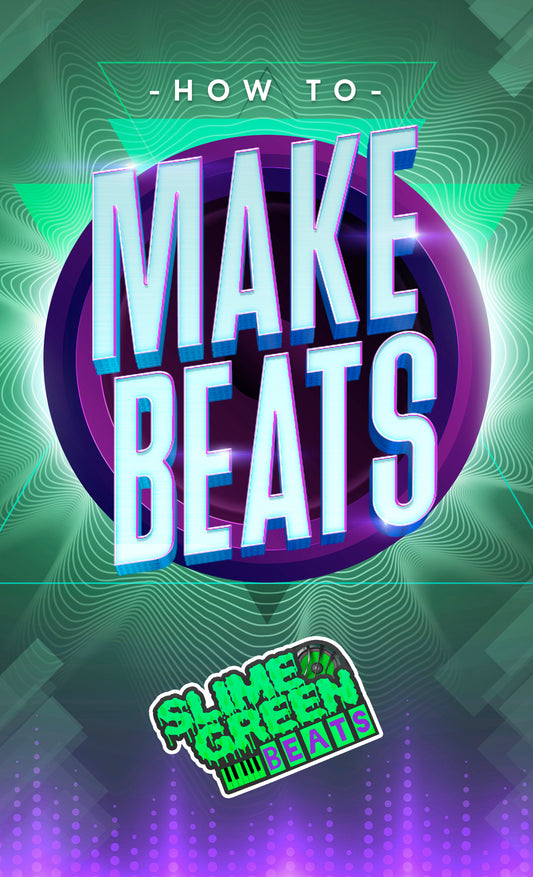FL Studio 21 stands at the forefront of digital music production, with its versatile features that cater to both beginners and seasoned music producers. One of the software's standout capabilities is transforming a simple computer keyboard into a makeshift piano. This functionality opens up a world of musical possibilities, especially for those who may not have access to a MIDI controller. In this comprehensive guide, we'll walk you through the steps to use your computer keyboard as a piano in FL Studio 21, ensuring you can start creating music in no time.
Getting Started with FL Studio 21
Before we dive into the mechanics, it's essential to have FL Studio 21 installed on your computer. If you're new to FL Studio or need to upgrade to the latest version, head over to Image-Line's official website for all the details on purchasing and installing the software.
Enabling Your Keyboard as a MIDI Controller
- Open FL Studio 21: Launch the program to begin setting up your keyboard.
-
Navigate to MIDI Settings: Go to
Options>MIDI Settings. This section allows you to configure your MIDI devices and keyboard. -
Enable Typing Keyboard to Piano Keyboard: In the MIDI Settings window, look for the option labeled
Typing keyboard to piano keyboard. Make sure this option is enabled. This setting transforms your computer keyboard into a virtual piano, allowing you to play notes directly within the software.
Understanding the Keyboard Layout
After enabling the keyboard to act as a piano, it's crucial to understand how the keys are mapped. Generally, the white keys of the piano correspond to the alphabetical keys on your computer keyboard, starting with the note C mapped to the letter A, and so forth. The black keys (sharps and flats) are usually mapped to the row of numbers above the letters on your keyboard. FL Studio provides a visual guide within the software to help you familiarize yourself with the layout.
Selecting Instruments
To start making music, you'll need to select an instrument.
-
Open the Channel Rack: Hit
F6or click on theChannel Rackicon. -
Add an Instrument: Click on the
+button at the bottom of the Channel Rack to add an instrument. FL Studio offers a vast library of sounds, from pianos and strings to synthesizers and drums. - Choose Your Instrument: Select an instrument from the list. For beginners, starting with FL Keys or a similar piano instrument is recommended.
Playing and Recording
With your instrument selected, you're ready to play.
- Play Notes: Start pressing keys on your computer keyboard. You should hear the sounds of the instrument you selected.
-
Record Your Performance: To record, click on the record button located in the transport panel at the top of FL Studio. Choose
EverythingorNotes & automationto capture your keyboard performance.
Tips for a Better Playing Experience
- Use Headphones or External Speakers: For a more immersive experience, consider using headphones or connecting your computer to external speakers. This setup will provide better sound quality than most built-in computer speakers.
- Practice: Familiarize yourself with the keyboard layout and practice playing scales and simple melodies to improve your proficiency.
- Explore FL Studio's Features: FL Studio 21 is packed with features designed to enhance your music production. Dive into the software's plugins, effects, and mixing tools to take your tracks to the next level.
Enhancing Your Music Production
To further enhance your music production journey, consider exploring additional resources and sound packs. For instance, Slime Green Beats offers a "Loop de Loops Melody Loop Kit", a collection of high-quality melody loops that can inspire your compositions and add depth to your productions. Additionally, check out their hip hop beats for sale for professionally produced beats that can complement your music projects.
Conclusion
Using a computer keyboard as a piano in FL Studio 21 is a straightforward process that can significantly benefit music producers, especially those who are just starting out or lack a MIDI controller. By following the steps outlined in this guide, you'll be well on your way to creating music with the resources you have at hand. Remember, practice and experimentation are key to mastering FL Studio and achieving your musical goals. Happy producing!
Remember to explore additional resources and sound packs to enrich your music, and don't hesitate to dive into the vast world of FL Studio's features to discover new ways to enhance your productions.








